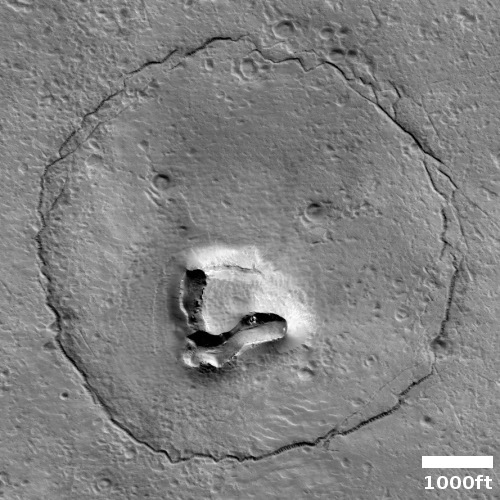Today’s blacklisted American: Professor quits because of the leftist takeover of his college

Matthew Wielicki
Matthew Wielicki, a professor at the University of Alabama, has quit his job because of what he calls the “rise of illiberalism” as well as the takeover of the college by the leftist diversity, equity and inclusion (DEI) crowd.
While Matthew Wielicki said his main reason for leaving Tuscaloosa was to be closer to family in Colorado, the “rise of illiberalism” made his decision easier. “The rise of illiberalism in the name of DEI is the antithesis of the principles that universities were founded on,” Wielicki tweeted Monday. “These are no longer places that embrace the freedom of exchanging ideas and will punish those that go against the narrative.”
You can read his full statement in this thread on Twitter.
» Read more

Matthew Wielicki
Matthew Wielicki, a professor at the University of Alabama, has quit his job because of what he calls the “rise of illiberalism” as well as the takeover of the college by the leftist diversity, equity and inclusion (DEI) crowd.
While Matthew Wielicki said his main reason for leaving Tuscaloosa was to be closer to family in Colorado, the “rise of illiberalism” made his decision easier. “The rise of illiberalism in the name of DEI is the antithesis of the principles that universities were founded on,” Wielicki tweeted Monday. “These are no longer places that embrace the freedom of exchanging ideas and will punish those that go against the narrative.”
You can read his full statement in this thread on Twitter.
» Read more












